12 Splunk Alternatives For Faster Observability In 2023
In this article, we'll dive deep into the best Splunk alternatives for modern-day tech stacks, what to look for in alternative solutions, and crucial factors like observability features, speed, ease of use, deployment, scalability, and cost. As modern organizations shift toward end to end monitoring and siem tools that integrate security with performance, selecting the right solution is essential for scale and cost control.
WHAT DOES SPLUNK DO?
Splunk has evolved significantly since its inception in 2007. While initially known as a leading log management solution, it has broadened its horizons. Today, Splunk offers various observability features covering application performance, infrastructure monitoring, and digital experience monitoring. However, with the changing landscape of IT architecture, like the rise of microservices and hybrid clouds, organizations are exploring new, more optimized Splunk alternatives for their observability needs. For many buyers comparing splunk vs newer cloud-native solutions, flexibility and cost are the main differentiators.
SPLUNK ADVANTAGES
Splunk has evolved from a logging platform to a comprehensive observability solution. Its capability to ingest, parse, index, and correlate data from various sources allows businesses to monitor infrastructure, spot trends, and trigger alerts. Beyond observability, Splunk is a big data analytics platform and SIEM tool, long serving as a cornerstone for traditional observability use cases.
SPLUNK DISADVANTAGES
Despite its comprehensive offerings, Splunk has challenges that make it a less preferred choice for some. Its cost, complex setup, slower search speeds for vast datasets, outdated UI, and the need for specialized training are notable drawbacks. Fortunately, with the observability industry flourishing, plenty of competitive alternatives exist. This is why the splunk vs modern observability conversation often focuses on agility, automation, and pricing models.
8 OBSERVABILITY FEATURES TO LOOK FOR IN THE RIGHT ALTERNATIVE
- Ingest data from various sources in diverse formats.
- Parse and index data for effective searching and filtering
- Real-time monitoring with alerting capabilities
- Intuitive visualizations: dashboards, graphs, and charts
- Enterprise-scale capacity without compromising speed or usability
- Cost-effectiveness
- Ease of setup, configuration, integration, and maintenance
- Flexible deployment options - cloud, on-premises, multi-cloud, or self-hosted
A well-designed telemetry pipeline that connects logs, metrics, and traces across your infrastructure is critical to meet these criteria. With these features in mind, here's our updated list of Splunk competitors:
TOP SPLUNK ALTERNATIVES
MEZMO
Crafted to address the nuances of log management challenges, Mezmo shines with its diversified deployment options: cloud, on-premise, private cloud, and hybrid/multi-cloud. Log collection and analysis is seamless, integrating effortlessly with platforms like AWS, Docker, Datadog, Grafana, and Kubernetes. Powered by an enhanced Elasticsearch, Mezmo ensures real-time indexing and filtering of logs. The intuitive web UI allows for rapid filtering and custom dashboard creation.
With built-in support for full stack monitoring and an optimized telemetry pipeline, Mezmo helps reduce time-to-value. Its usage-based pricing without data caps, especially with the tiered options from free community access to an all-encompassing Enterprise package, and its Welcome Pipeline, allowing users to derive business insights from Kubernetes logs in less than five minutes, empowers any observability engineer to gain insights fast, without heavy configuration.
BETTER STACK
Better Stack is a tool that focuses on making observability efficient and developer-friendly. It offers cloud-native observability tailored for DevOps teams, ensuring continuous monitoring, tracing, and logging. Better Stack's integrative approach ensures compatibility with multiple platforms and services. It also prides itself on offering a cost-effective solution without compromising scalability or performance.
Better Stack is ideal for modular, cloud-first telemetry pipelines and engineering teams aiming for simplicity without sacrificing power. In splunk vs Better Stack comparisons, cost efficiency and ease of onboarding often stand out.
SIGNOZ
SigNoz offers an end-to-end observability platform designed for modern-day applications. Its features like distributed tracing, anomaly detection, and comprehensive analytics help businesses monitor and debug their applications effectively. SigNoz's open-source nature ensures constant updates and community-driven enhancements.
It’s a compelling choice for observability engineers looking to customize and extend monitoring capabilities as part of their telemetry pipeline.
ELASTIC ELK STACK
Originating as a potent trio in the observability realm, Elastic's ELK Stack encompasses Elasticsearch, Logstash, and Kibana. Elasticsearch, at its core, is a full-text search and analytics engine known for its scalability. With Logstash's data processing capabilities and Kibana's visualization finesse, the ELK Stack offers a cohesive log analysis ecosystem.
While its open-source nature grants flexibility, the platform shines when adopted with Elastic's premium offerings, which bring features like advanced security, alerting, and machine learning to the table. The ELK Stack is often selected by organizations seeking open-source Splunk alternatives that offer customization across distributed environments. In splunk vs ELK Stack conversations, control versus convenience is usually the deciding factor.
DATADOG
Datadog merges key observability aspects like monitoring, detailed analytics, and Application Performance Management (APM). Its unified dashboard is a testament to its commitment to offering an integrated view of system health, pulling data from disparate sources for correlated insights. However, such extensive tooling can be a double-edged sword, as businesses, especially those with limited tech teams, might need help with the vastness of its suite.
AMAZON CLOUDWATCH
Amazon CloudWatch, part of AWS's expansive service suite, focuses on monitoring and observability. It's tailored for AWS resources, capturing logs, metrics, and event data. CloudWatch's main advantage is its deep integration with other AWS services like EC2 and RDS, allowing for centralized monitoring from a single console.
It’s a strong option for full stack monitoring within AWS but may not serve cross-platform telemetry pipelines effectively.
DYNATRACE
Dynatrace has carved a niche as an all-in-one software intelligence platform specializing in cloud infrastructure monitoring, application performance management, and digital experience tracking. Its unique selling proposition is its AI-powered, automated root cause analysis, which reduces the time IT teams spend on troubleshooting.
For enterprises with complex stacks, Dynatrace excels at delivering insights across telemetry pipelines with minimal manual tuning. In regulated industries, its combined observability and SIEM capabilities make it an alternative in the splunk vs debate.
NEW RELIC ONE
New Relic One is a telemetry data platform with a core emphasis on real-time analytics. Its unified dashboard integrates logs, metrics, and traces, aiming for a consolidated monitoring experience. The platform provides AI-driven analytics, like the New Relic Lookout feature, to detect anomalies. However, the depth of its tooling can be both a strength and a challenge. Some users may find the myriad of features overwhelming, and the pricing model requires careful evaluation to ensure it aligns with specific business needs.
GRAFANA
Emerging from its roots as a metric visualization tool, Grafana has adeptly expanded its scope to embrace logs and traces, defining itself as a holistic observability platform. Its strength is magnified by its plethora of plugins and third-party integrations, allowing businesses to craft a tailored observability experience.
Grafana is ideal for observability engineers designing telemetry pipelines using open-source tools.
PROMETHEUS
Conceptualized and birthed at SoundCloud, Prometheus has become a paragon of open-source monitoring and alerting. Its architecture is tailored for reliability and scalability, making it a favored choice for monitoring Kubernetes ecosystems.
When paired with Grafana, Prometheus plays a key role in full stack monitoring pipelines, especially where metric granularity and speed are required.
SUMO LOGIC
Sumo Logic's cloud-based observability platform prides itself on its large-scale data handling. Its ability to scale automatically based on data volume and its integrations with multiple platforms make it a reliable choice for businesses of varying scales.
Its AI-assisted insights and prediction tools cater to businesses focused on proactive issue resolution. However, the depth of its offerings may come with a price point that challenges startups or small businesses to justify the ROI.
LOGZ.IO
Logz.io builds upon the foundations set by the ELK Stack and Grafana, offering a cloud-native observability solution. The platform provides log analytics and metric visualization to deliver a comprehensive view of systems. Including AI-driven features, like Cognitive Insights, aids in automated event detection. Still, its reliance on the ELK Stack means that businesses unfamiliar with this architecture might face a learning curve. Also, while it offers robust logging, some might find it less comprehensive when compared to full-fledged observability platforms.
HOW TO CHOOSE THE BEST OBSERVABILITY SOLUTION
Selecting the right observability solution is crucial in a rapidly evolving IT landscape. Beyond the broad features and cost considerations, ensuring speed, scalability, and ease of use is essential.
Whether you’re an observability engineer building from scratch or modernizing an existing system, look for solutions that reduce overhead while strengthening your end to end monitoring strategy.
Understanding telemetry data is paramount to harnessing these platforms' power. Our white paper, The Telemetry Blueprint: Turning Vast Data into Business Insights, provides a unique perspective on maximizing observability data, offering proven strategies to enhance data analytics capabilities.
When choosing an observability platform, prioritize Splunk alternatives that enable a flexible telemetry pipeline and empower teams to make faster, data-driven decisions. Ultimately, every splunk vs alternative discussion should consider cost, SIEM integration, and the ability to support modern end to end monitoring.
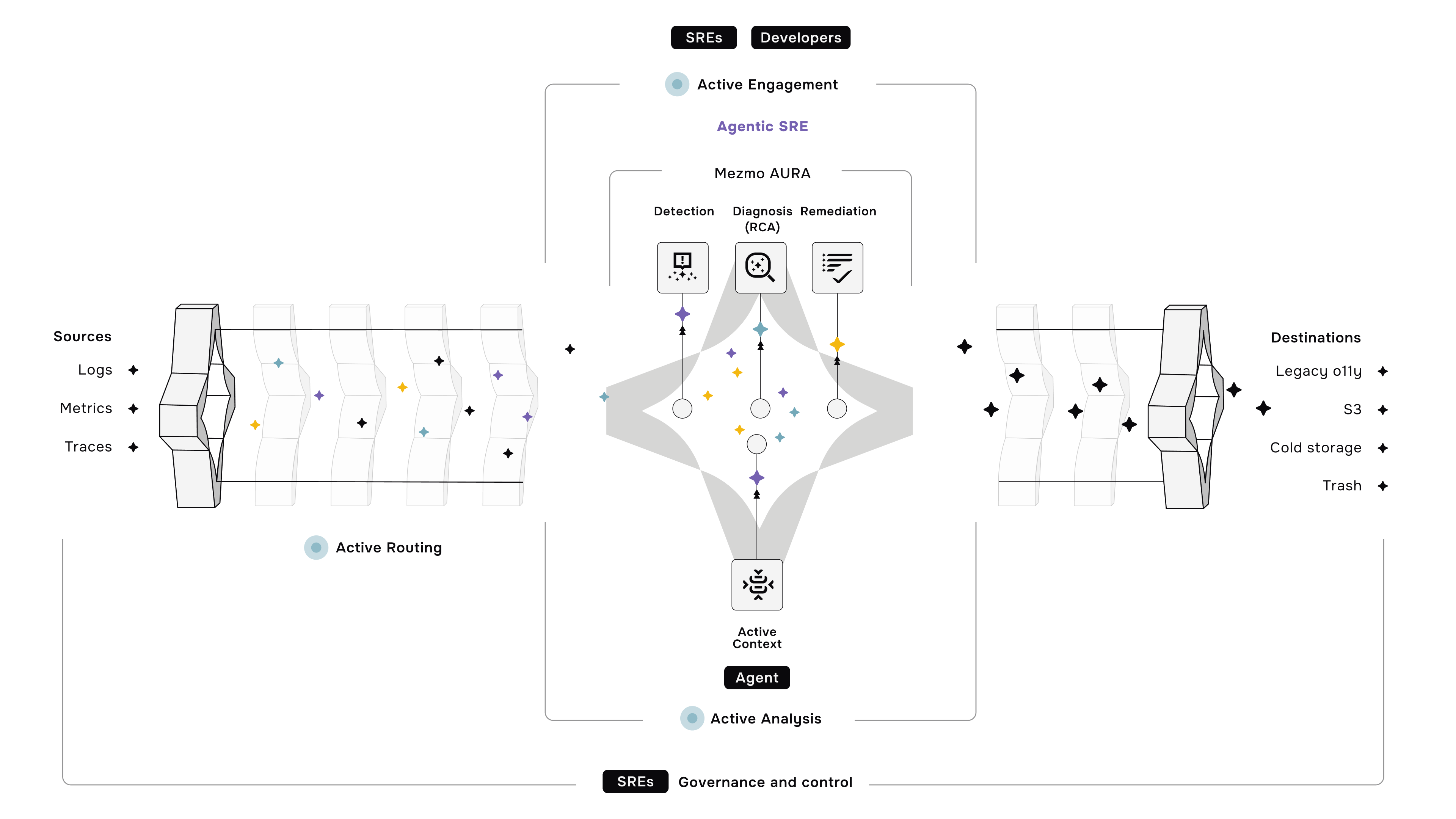
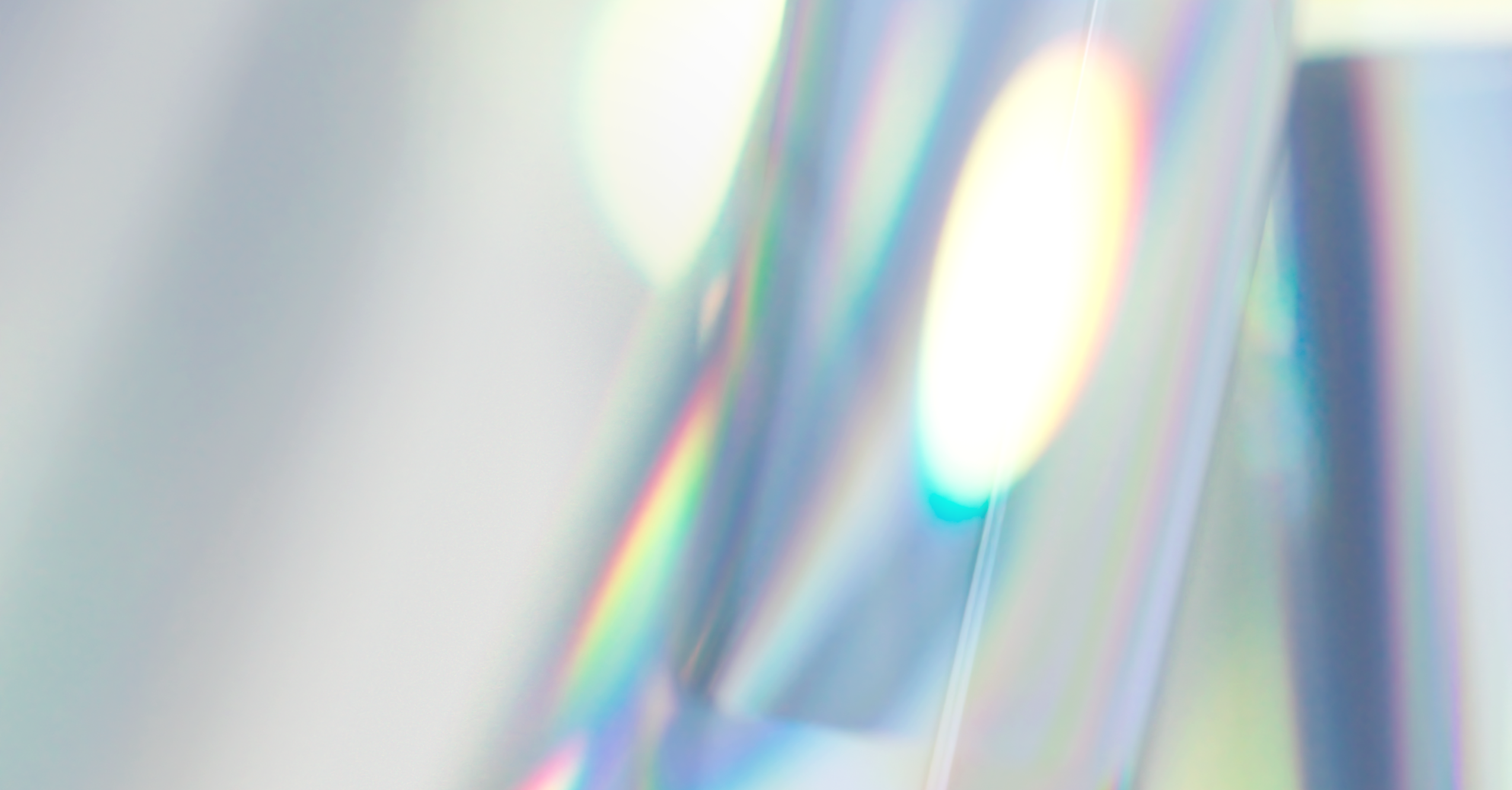



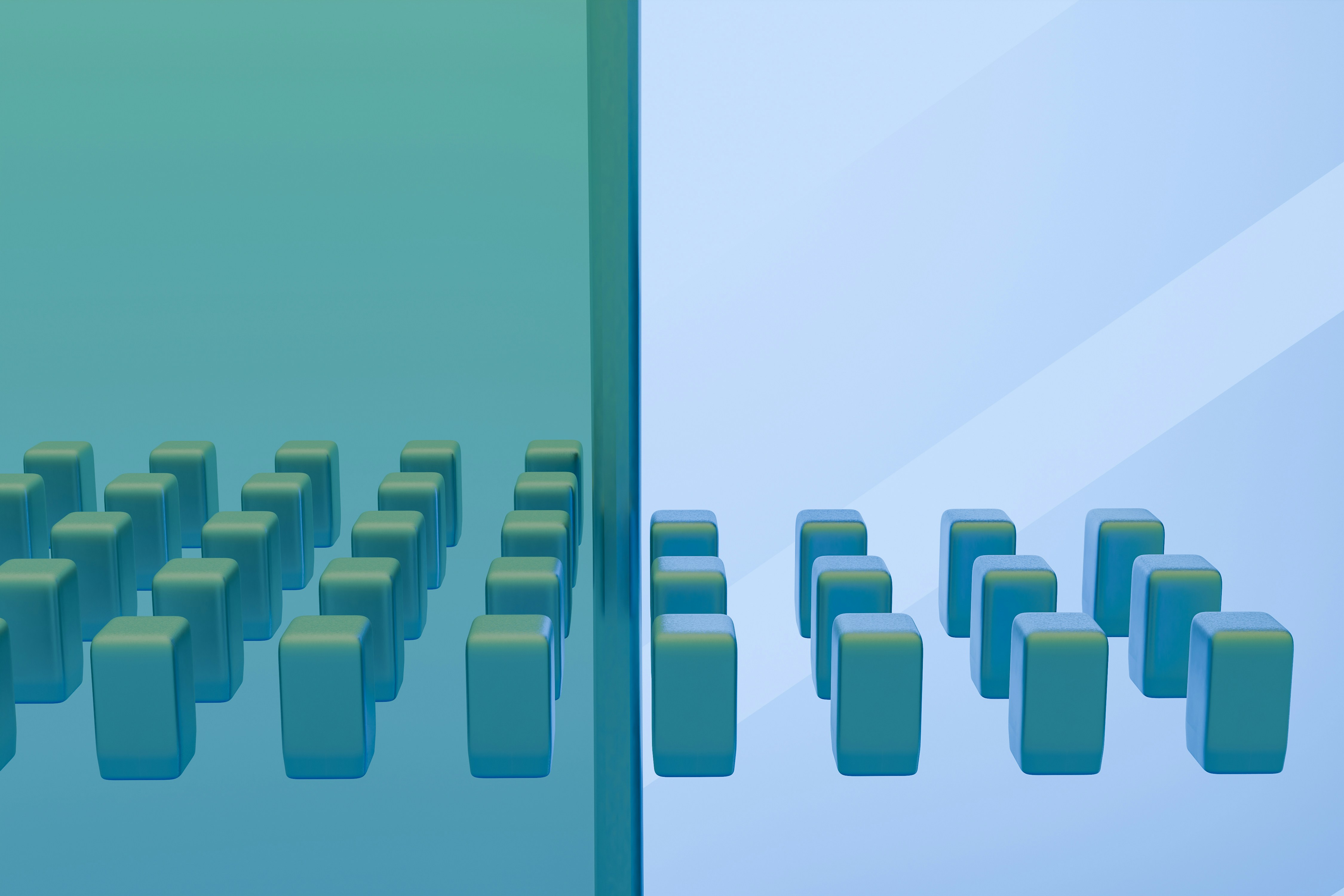
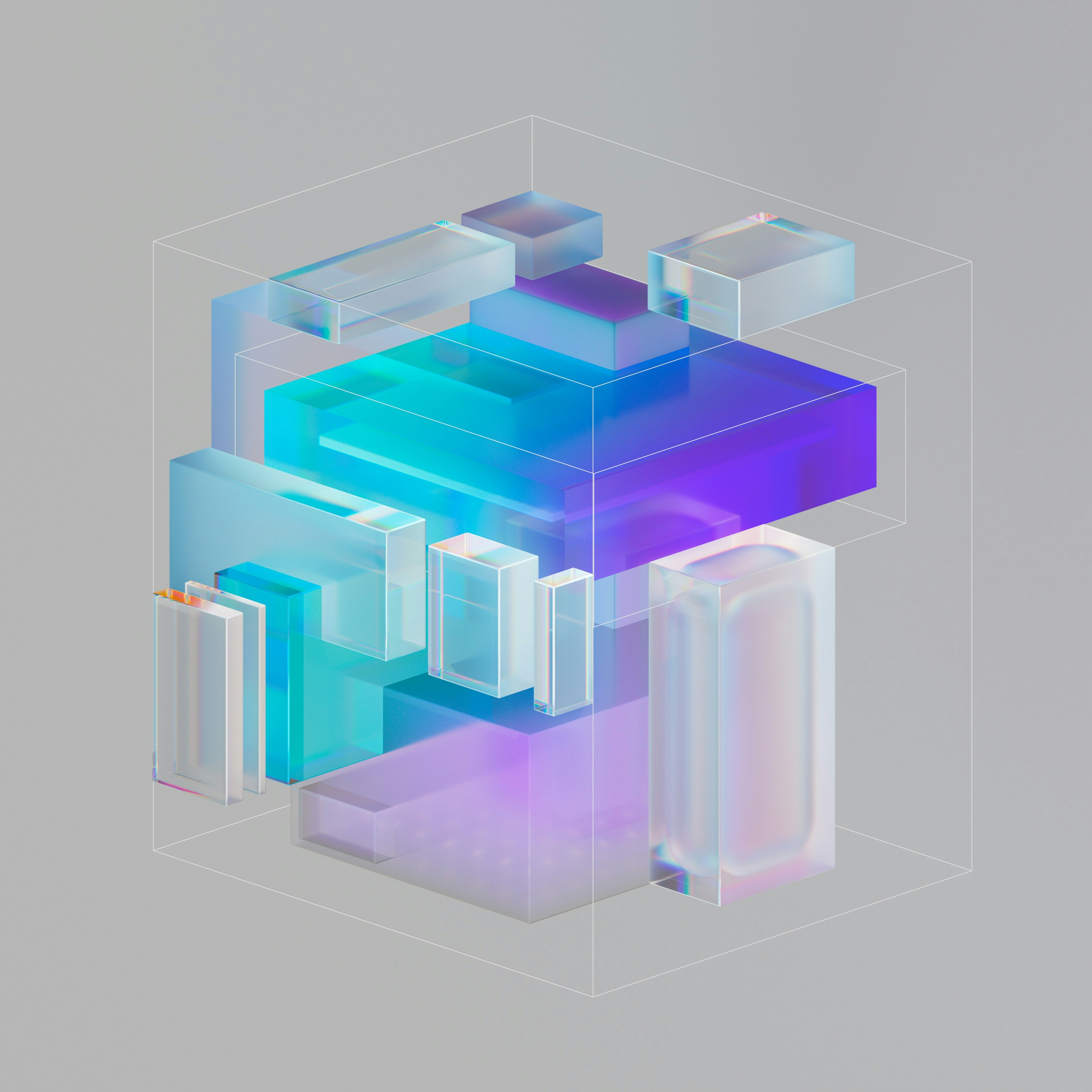



.png)


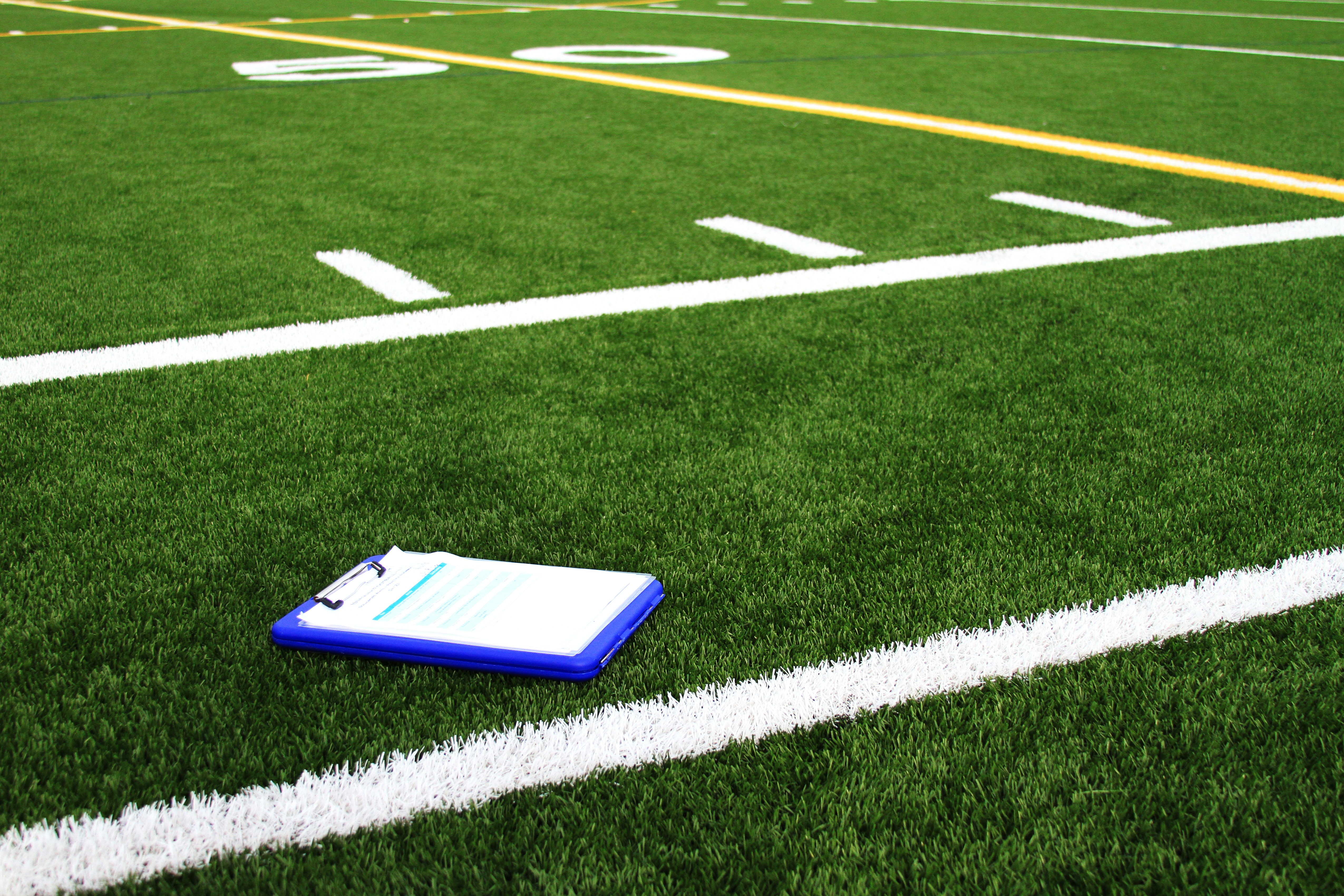
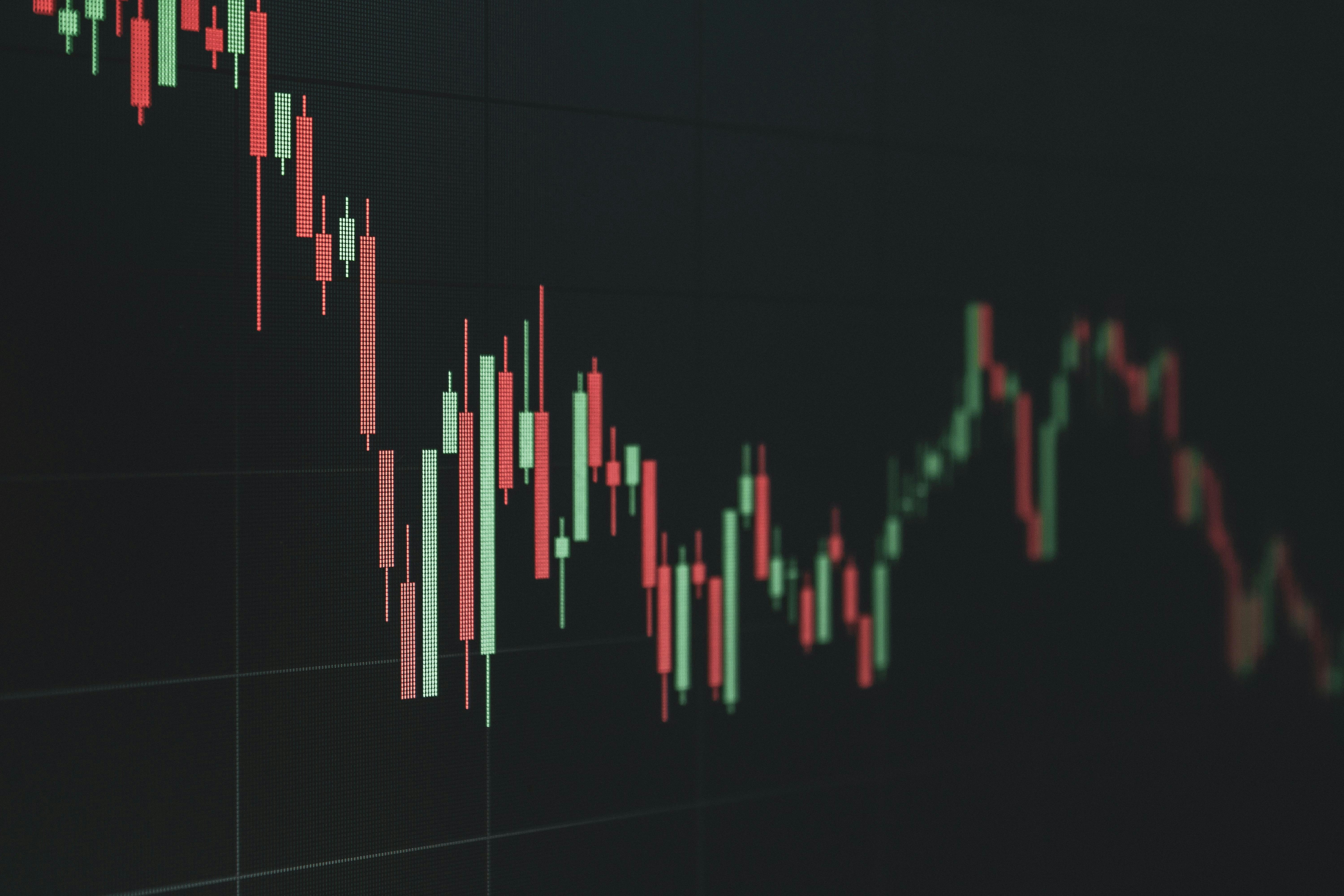




















.png)





































































